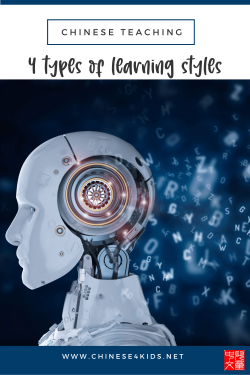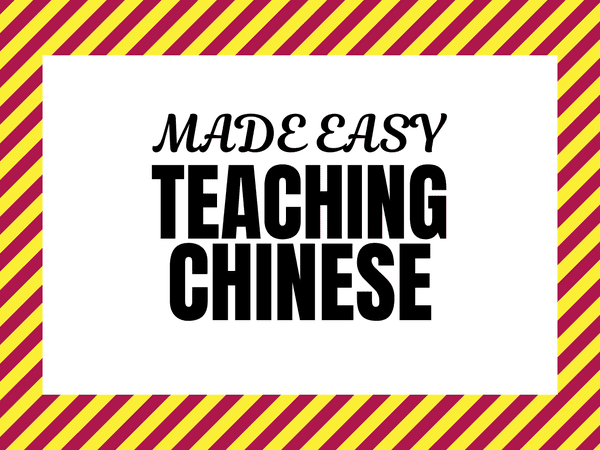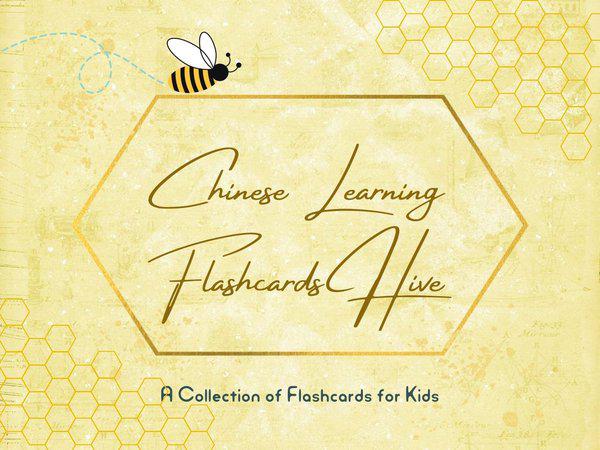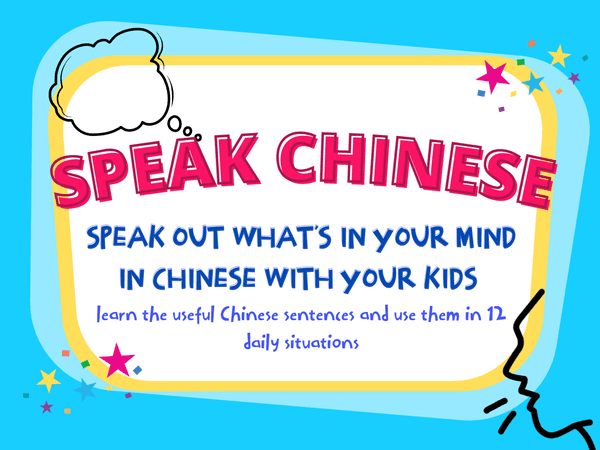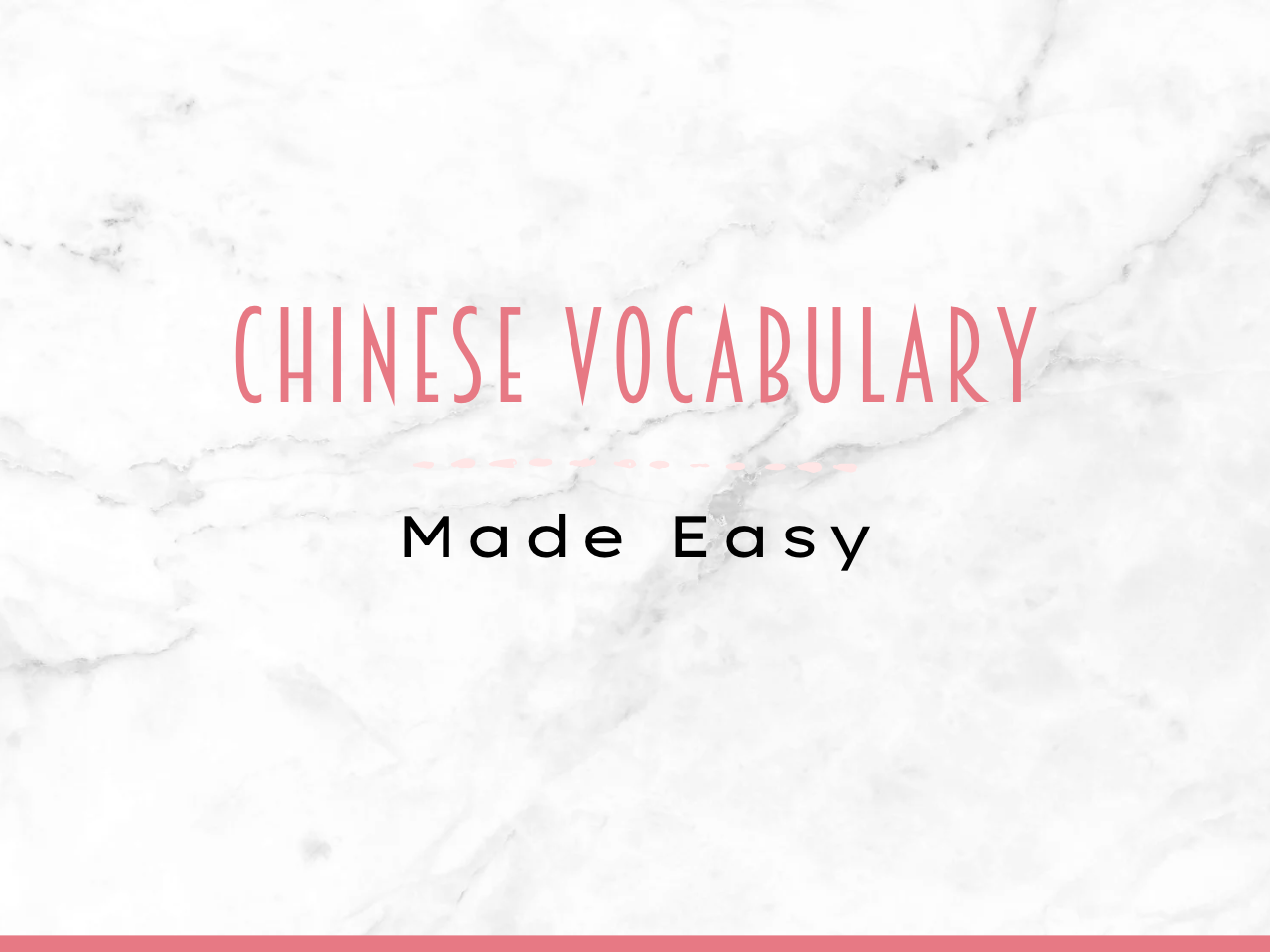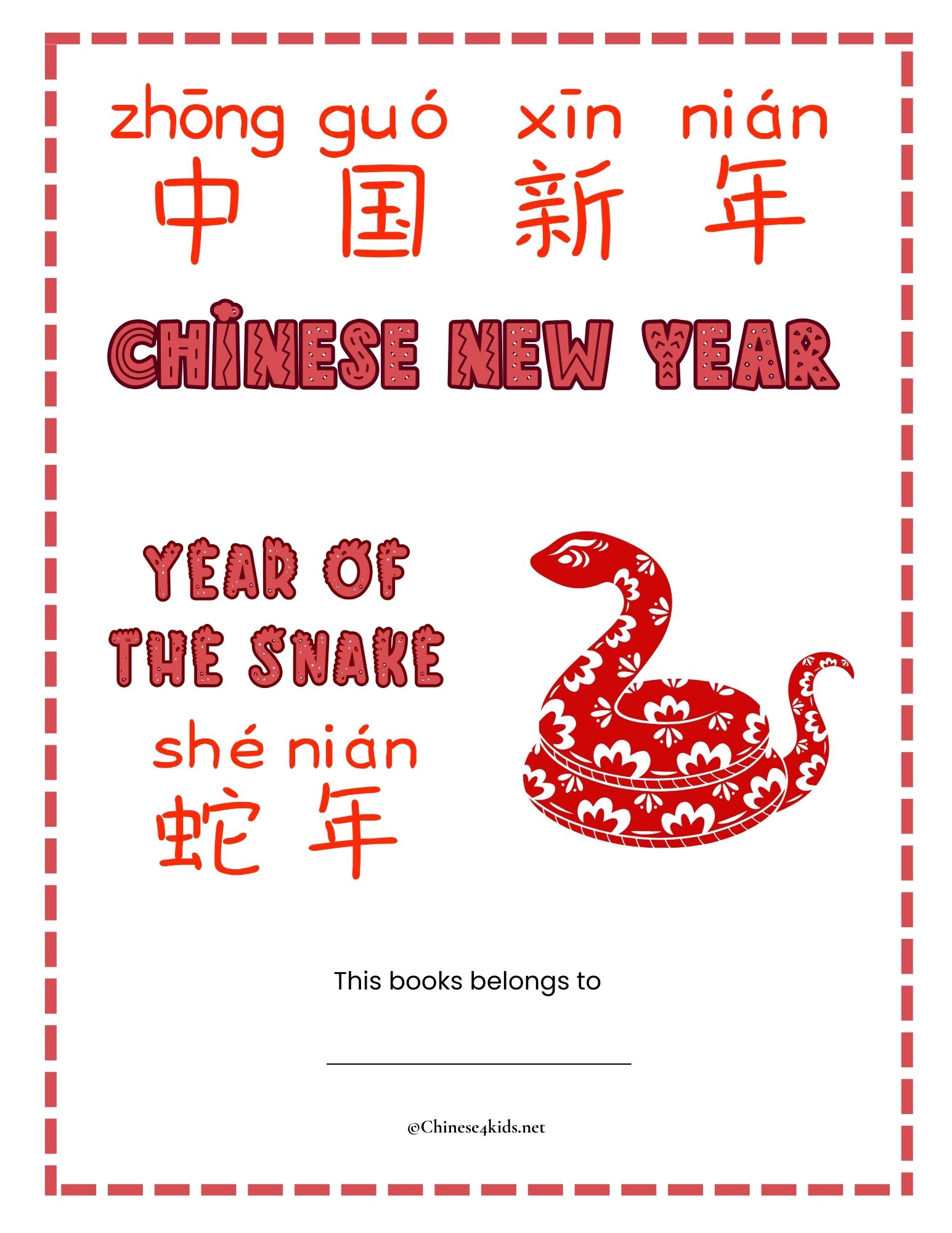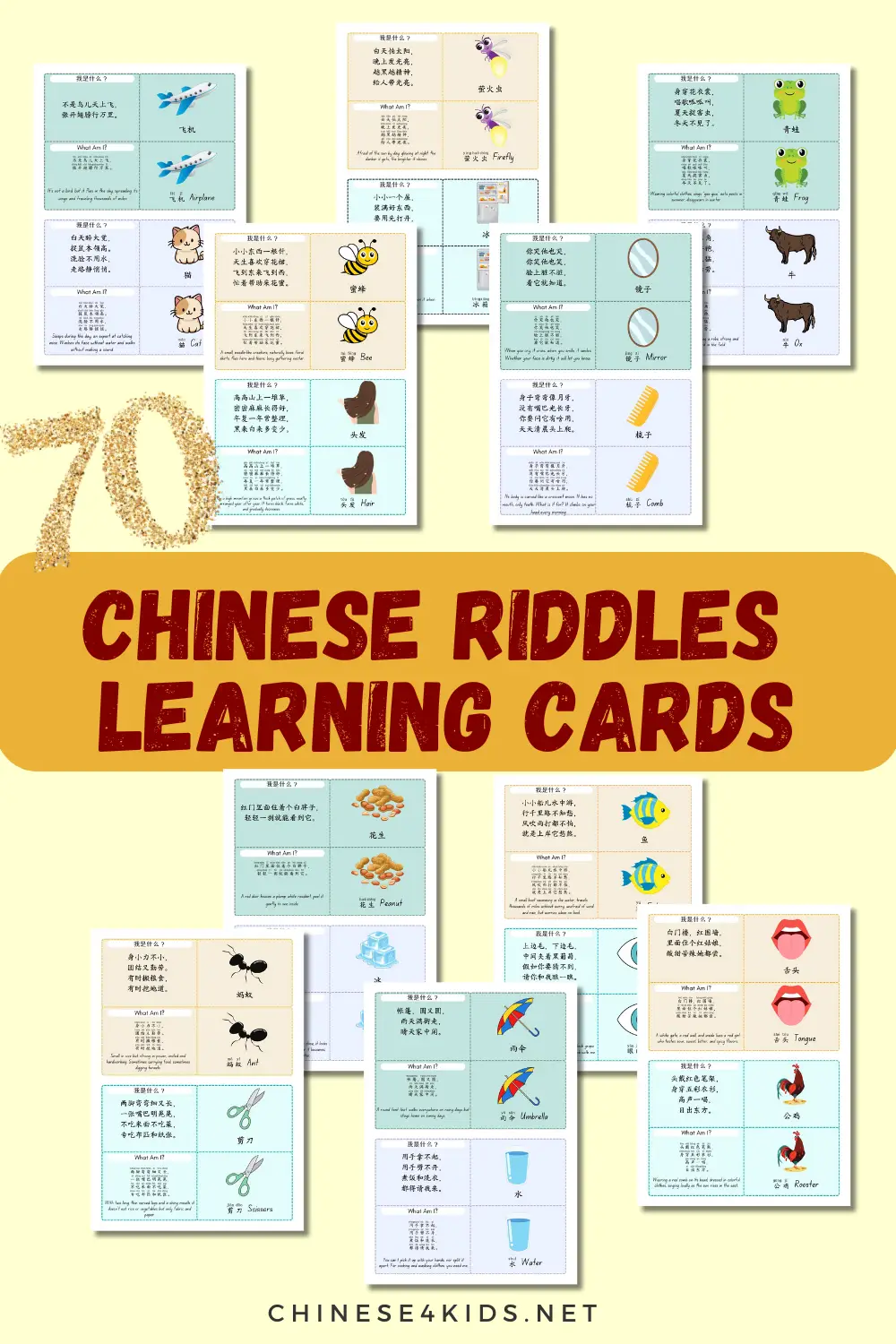
Home » Mandarin Chinese teaching resources » 4 Types of Learning Styles for Chinese Teaching
4 Types of Learning Styles for Chinese Teaching

Either in a blended classroom, a hybrid model, or in a totally virtual learning environment, kids have a lot to adapt to. It is Chinese teachers’ and parents’ job to understand and address their individual learning styles. There are several learning style theories, here we’re going to talk about The VARK model. According to Fleming and Mills, there are 4 types of learning styles.
What are the four types of learning styles?
Essentially, the four types of learning styles refer to visual, auditory, reading and writing, and kinesthetic. In detail,
Visual (V):
This learning style prefers the depiction of information in “maps, spider diagrams, charts, graphs, flow charts, labeled diagrams, and all the symbolic arrows, circles, hierarchies, and other devices that people use to represent what could have been presented in words.” Posters can be a good way to present information in a visual way.

Aural / Auditory (A):
Learners who have an auditory style prefer to process information that is “heard or spoken”. They learn best from lectures, group discussion, speaking, web chat, and talking things through.
“The Aural preference includes talking out loud as well as talking to oneself. Often people with this preference want to sort things out by speaking first, rather than sorting out their ideas and then speaking. ” Podcasts and audio files are helpful for students with this preference. Recording apps are also useful for them to speak and listen to their thoughts.

Read/write (R):
This preference emphasizes text-based input and output, such as reports, essays, assignments, and manuals, all forms in reading and writing. Learners with reading/writing preferences succeed with written information on textbooks, worksheets, presentations, and other text-heavy resources.
Kinesthetic (K):
The key to this learning style is the connection to reality. “either through concrete personal experiences, examples, practice or simulation” [See Fleming & Mills, 1992, pp. 140-141]. Examples include demonstrations, simulations, videos of “real” things, as well as case studies. Kinesthetic learners take a physically active role and thrive when engaging all of their senses during the activities. Role-plays for example is a great activity for kids to conduct.
Multimodality (MM):
The truth however is that nobody in the world has only one type of learning style. Actually, all of the students have a mixture of these four modes with various preferences. For example, students may prefer visual and auditory learning styles. In this case, you may want to provide visual graphs as well as audio (for example, videos with text).
Take this Chinese Nursery Rhythm for example,
With the challenge of digital coursework and a hybrid learning environment, we hope this guide can help you identify which of the four learning styles best suits your students and implement activities incorporating the consideration into your curriculum. Teachers and parents need to provide different learning experiences and opportunities for our kids to learn to their full potential.
If you like this post, PIN IT

A side note: it might be a bit overwhelming to incorporate all the learning styles in teaching. That’s why our Chinese for Kids Membership for Teachers and Parents might be a great place for you to find teaching plans, visual posters /flashcards, worksheets, activity sheets, and more.
You May Also Be Interested:
- Chinese4kids Membership – a portal for busy Chinese teachers and parents
- Chinese learning flashcards Hive – a flashcards library that with regular additions of new quality Chinese learning flashcards
- Chinese learning worksheets collection – Also a part of Chinese4kids membership, this collection is for teachers and parents who want to have access to engaging worksheets and activity sheets created for kids learning Mandarin Chinese as an additional language
- Speak Chinese with Kids Course
- Chinese Vocabulary Made Easy Course
Recent Posts
Join Our Membership
Enroll to A Course
Buy An eBOOK
Our Posts
